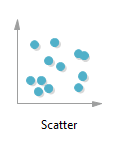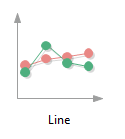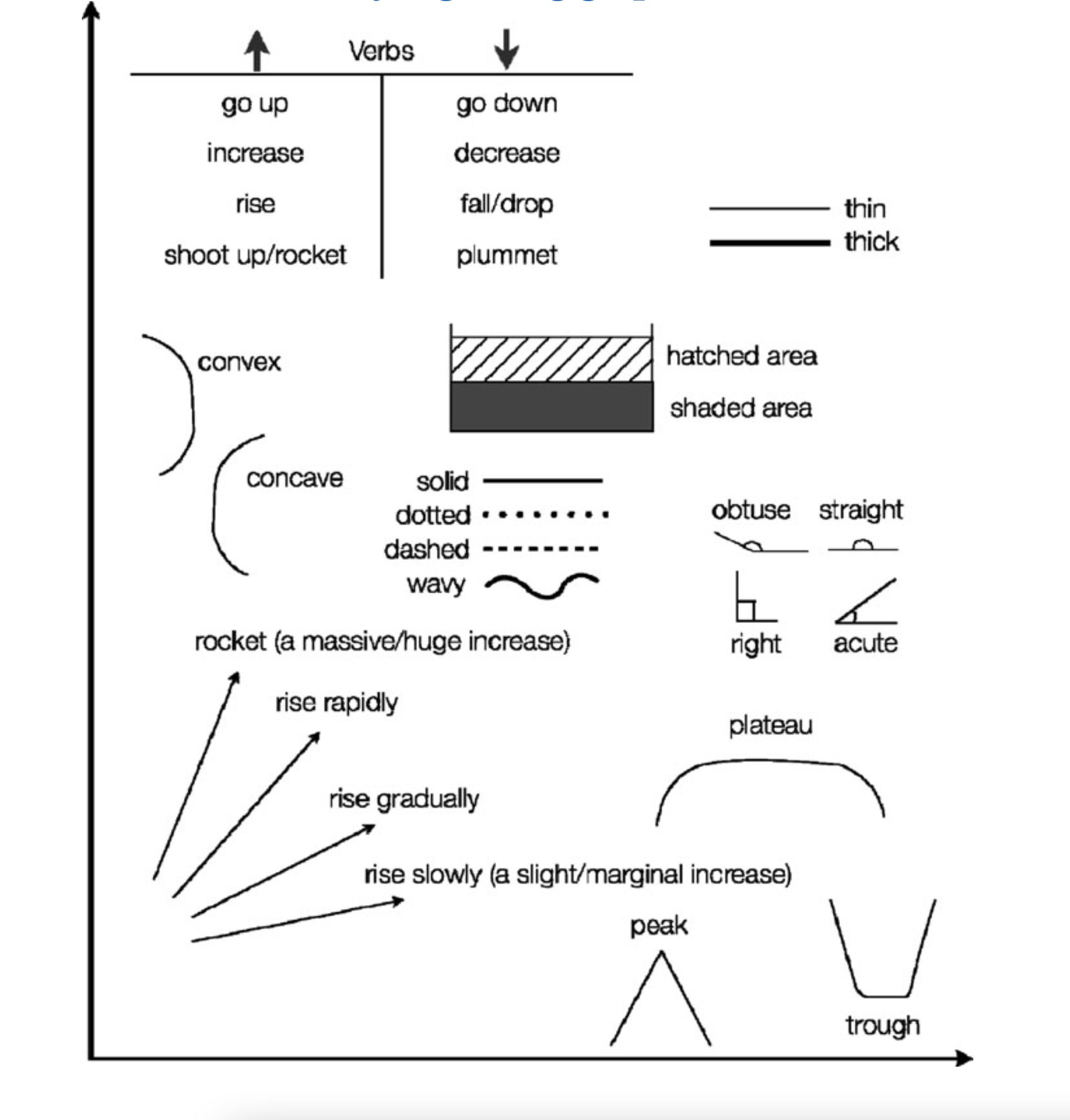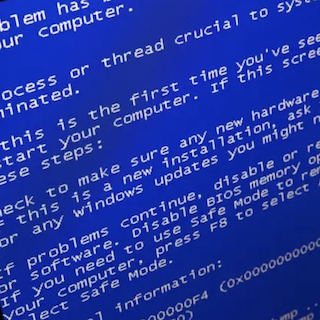Vocabulary for Legal Presentations
A vocabulary of truth and simplicity will be of service throughout your life.
Start Here
Warm-up Quiz
Storytelling
Key Expressions
Grammar Review
Use Plain English
Now that you feel comfortable introducing yourself, setting up an outline for your topic and getting the ball rolling, now let’s start preparing. The more you prepare, the less you will run into trouble. This way you can keep the ball rolling and deliver your message. Then we will wrap up with standard phrases.
Use the tools below to help you set out your slides and set up your presentation. The Plain English style is recommended by many experts, including the staff at Harvard.
This guide was created for Harvard Library employees, but we hope it’s helpful to a wider community of content creators, editors, producers — anyone who’s trying to communicate a message.
Phrasal Verbs
To wrap up
To set up
To sum up
To lead to
To bring up
To run into
To set out
To figure out
To move on
In this post you will run into many of these phrasal verbs. Be sure to make a list and try to figure out their meaning in context.
Words play an enormous part in our lives and are therefore deserving of the closest study.
Everyone loves a [good] story.
Storytelling Styles
Four effective ways to tell your story.
Beating a Bad Guy
Rags to Riches
Life is a Laugh
Good vs. Evil
W
After you get the audience figured out, start asking the following “W” questions about everything else and set out an outline with your partner. This will certainly help set up and avoid running into any problems.
Who – who is involved in the story?
What – what is the message?
When – what is the time frame?
Where – site, venue, location; paint the picture for your audience.
Why – figuring out why you need a presentation is the hardest part.
Write all of this down. Draft an outline. Set out a script.
Prepare, prepare and prepare some more.
This guide was created for Harvard Library employees, but we hope it’s helpful to a wider community of content creators, editors, producers — anyone who’s trying to communicate a message online.
Where do you go from here? There are lots of ways to dive deeper into plain language and English.
Learn about the Plain English, Associated Press & More
Ways to Start
Rhetorical Questions
Posing a question for your audience is the perfect way to engage them and get them thinking about what you are talking about. Your group might already be thinking that question. They will feel that you get them when you state the question on their mind then answer it.
Asking a rhetorical question right before you give important information leads to anticipation for the information. That means they are more likely to listen and appreciate the information. Asking a question makes your voice more interesting because you will naturally inflect your voice while asking the question. This is the simplest way to include vocal variety in your presentation.
“What are the benefits for you?”
“What is our schedule for implementation?”
“What have customers said about this program?”
“How will this change affect you?”
“So, what does this mean?”
“What conclusions can we draw from this?”
“Well, where do we go from here?”
“What’s the next step?”
“What can you do to help?”
“Why is this important to you?”
“What are our options?”
“How can we improve our results?”
Tell a personal anecdote
“I know a client who …”
“I remember when I was at UNC …”
“Last week, I saw a bear crossing the street …”
Give a surprising or shocking stat
“In the last year, 12% of …”
“Over 50% of households use …”
“On average, 85% of …”
Ask the room to imagine something
“Imagine that you are standing …”
“Picture yourself on an island …”
“Close your eyes and …”
Key Expressions
Expressions to introduce yourself and a partner/team
Introducing Yourself
“For those of you who don’t know me …”
“My name is Eric, but I usually go by, …”
“Although most of you already know me, I would like to introduce myself, …”
Introducing Others
“And now I would like to introduce Tom, he is our CFO …”
“It is a pleasure to introduce Tom, he manages our numbers for us …”
“Allow me to introduce Tom, he leads the finance team …”
Giving an Overview
Dividing
“Today, we will be looking at this just from one side …”
“It is important to see this from two angles, …”
“Three things come to mind, first …, second …, third …,”
Topic Delivery
“And now Tom, will get us oriented about the current situation …”
“And now, Tom will break this into two parts, first he will cover XYZ, and I will move on to …”
“Tom and I will alternate our points today, so lets get started …”
Explaining why the topic is relevant
“Today’s topic is of particular interest to those of you who …”
“My talk is particularly relevant to those of you who …”
“By the end of this talk you will be familiar with …”
Handouts, spec sheets & packets
“Does everyone have a handout/brochure/copy of the report?”
“Please take one and pass them on.”
“I can email the PowerPoint presentation to anybody who wants it.”
“Don’t worry about taking notes.”
“I’ve put all the important statistics on a handout for you.”
“I’ll be handing out copies of the slides at the end of my talk.”
Timing
“We would like to be brief and will only need about 10 minutes …”
“We scheduled about 20 minutes for this presentation today, so …”
“As you can see in the agenda, we have planned about 45 minutes for the session today.”
Questions
“Tom will be addressing the questions today, so …”
“If you have any questions, feel free interrupt in at any time…”
“Please save all questions until the end of the presentation …”
Highlighting Information
“I’d like to stress that …”
“We’d like to stress that …”
“I’d like to point out that …”
“We’d like to emphasize that …”
“I’d like to draw your attention to …”
“We’d like to draw your attention to …”
“If you look more closely here …”
“I would like you to look more closely here …”
Signposting
Saying what is coming
“In this part of our presentation, Tom will talk about …”
“Right now, I will show you what we think about …”
Indicating the end of a section
“Tom will wrap up with this section by …”
“To turn to the next slide, we would like to …”
Summing up
“Tom will sum up this part by …”
“To sum up this slide, I would like to …”
Advancing
“So, Tom would like move on to …”
“So, let’s move on to …”
“Now, I would like to keep the ball rolling …”
“Now, Tom will keep the ball rolling …”
Backtracking
“If Tom can go back to the last slide …”
“Let’s go back to the previous slide for a moment …”
“I would like to step back for one second …”
Dealing with Questions
Clarifying Questions
“I’m afraid I didn’t quite catch that.”
“I’m sorry; could you repeat your question, please?”
“I’m sorry, but I missed that. Could you say that again, please?”
“I’m sorry, but I don’t quite follow what you mean. Could you just explain that some more, please?”
“So, if I understood you correctly, you would like to know whether… “
“Let me just check that I have understood your question. You’re asking… “
Admitting you don’t know
“Sorry, I don’t know that off the top of my head.”
“I’m afraid I’m not in a position to answer that question at the moment.”
“I’m afraid I don’t know the answer to your question, but I’ll try to find out for you.”
“Sorry, that’s not my field. But I’m sure Tom Fazio from the Golf Department could answer your question.”
“I’m afraid I don’t have that information with me, let me get back to you.”
Extras
Indicators
“… okay …”
“… right …”
“… then …”
“… next …”
“… well …”
“… good …”
“… so …”
Simplifying
“… in other words …”
“… put simply …”
“… that is to say …”
Interacting with the audience
“Is everyone following me?”
“Is everyone keeping up with me?”
“Can I get a volunteer to help me out?”
Types of Graphs






Key Expressions
Expressions to manage a screen
Introducing Visuals
I, my partner & we
“Let’s now look at the next slide which shows …”
“Now, let’s take a look at the next slide which shows …”
“The chart on the following slide shows …”
“The graph on the next slide shows …”
“The problem we have to figure out is here …”
“The problem Tom will figure out is outlined here ……”
“Tom would like to focus your attention on the next slide …”
“As you can see in the next chart …”
“To illustrate this, I would like move on to …”
“To illustrate this, Tom will take a closer look at …”
Directing the Topics
I, my partner & we
“So, Tom would like move on to …”
“So, let’s move on to …”
“Now, I would like to keep the ball rolling …”
“Now, Tom will keep the ball rolling …”
“If I can go back to the last slide …”
“If we can go back to the last slide …”
“Let me quickly explain the next topic …”
“Let us quickly explain the next topic …”
Describing Visuals
you & we
In Corners
you & we
“In the upper-left hand corner, you can see …”
“In the upper-right hand corner, you can see …”
“If you look in the corner, you will see …”
“If we look in the corner, we will see …”
On Sides
you & we
“If you look on the left/right side of …”
“If we look on the left/right side of …”
“As you can see on the left/right side of …”
“As we can see on the left/right side of …”
Top or Bottom?
you & we
“On the top/bottom of the slide you have …”
“On the top/bottom of the slide we have …”
“Take a look at the top of the slide and you have …”
“If we take a look at the bottom of the slide, you will see …”
Describing Visuals
you & we

“In the upper-left hand corner, you can see …”
“In the top-right hand corner, you can see …”
“In the bottom-left hand corner, you can see …”
“In the lower-right hand corner, you can see …”
“From table 1 we can conclude that …”
“From the chart we can show that …”
“From the line graph you can see that …”
“The chart on the left compares …”
“As you can see the comparison in the two lines …”
Expressing Basic Time
General Range
“In the first quarter …”
“In the first half …”
“In the summer …”
Specific Time
“At the beginning of the year …”
“At the end of the year …”
“At 3pm …”
Days
“On June 7th, 1983 …”
“On Tuesday …”
“On Christmas …”
Verb Tense Use
Simple Past Tense
(you have finished the time period you are talking about)
“In the first quarter profits increased by 9% over last year.”
“Last year, expenses dropped by 9%.”
“Quarter 4 payroll spiked by 22% for the holiday season.”
“In 2021, loss plunged over 30%.”
“In 2020, numbers remained stable.”
“There was an increase of 5% …”
“The numbers increased by 5% …”
Present Perfect /Present Perfect Progressive
(you are still in the time period you are talking about)
“In the first quarter profits have been increasing by over 9%”
“This year, expenses have been dropping by 9%.”
“Quarter 4 payroll has spiked by 22% for the holiday season.”
“In 2022, loss has been plunging by over 30%.”
“In 2022, numbers have been remaining stable.”
“There has been a decrease of 4% …”
“The numbers have been decreasing by 4% …”

To go up
to increase
to rise
to grow
to soar
to double
to climb
to spike
To go down
to decrease
to fall
to shrink
to drop
to halve
to decline
to plunge
To remain stable
to flatten
to level off
to stabilize
Use the preposition “for” when expressing time in a period as seen below.
“There was a stable trend for the first quarter.”
“There was a stable trend for 2021.”
“The numbers remained stable for 2022.”
“The numbers flattened off for the third quarter.”
“The numbers stabilized for the third quarter.”
Life is tons of discipline. Your first discipline is your vocabulary; then your grammar and your punctuation.
Learn more with HBR & Amazon
You can’t build a vocabulary without reading. You can’t meet friends if you … stay at home by yourself all the time. In the same way, you can’t build up a vocabulary if you never meet any new words. And to meet them you must read. The more you read the better.
Need help with Powerpoint?
Idioms
to buy some time
to purposefully cause a delay to something, in order to think
vs.
to kill some time
to intentionally waste time while waiting for something
Ball Idioms
to get the ball rolling
to get something started
vs.
to keep the ball rolling
to continue something
to be on the ball
to be focused
vs.
to keep your eye on the ball
to stay focused



